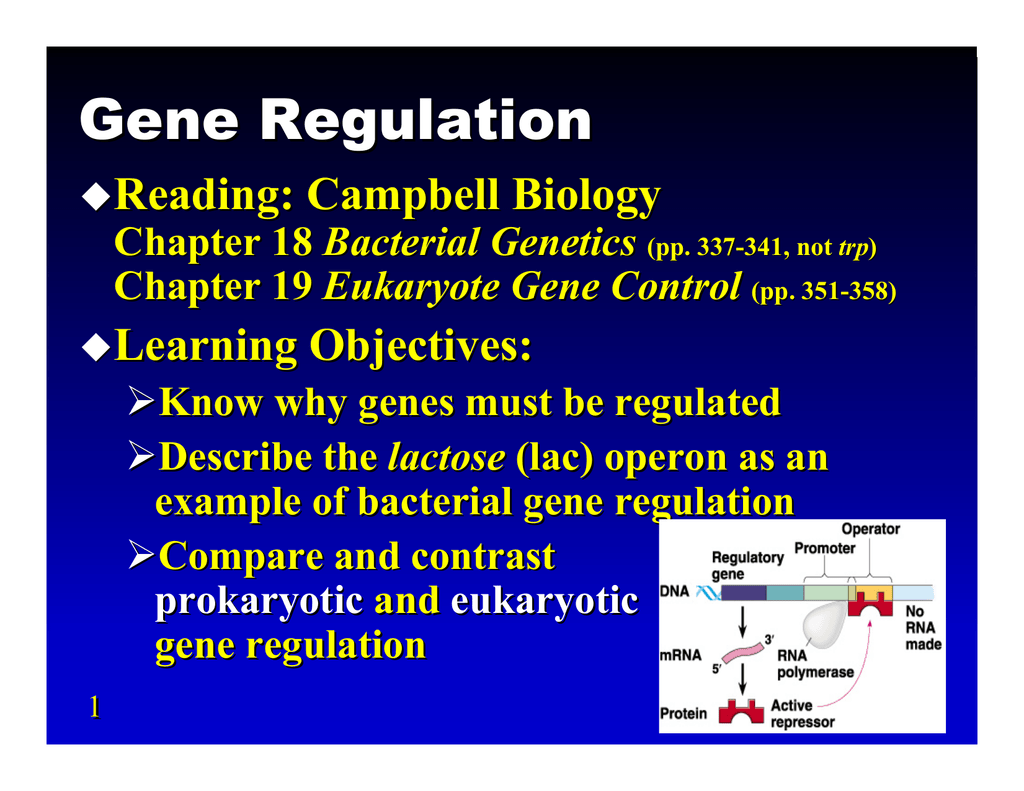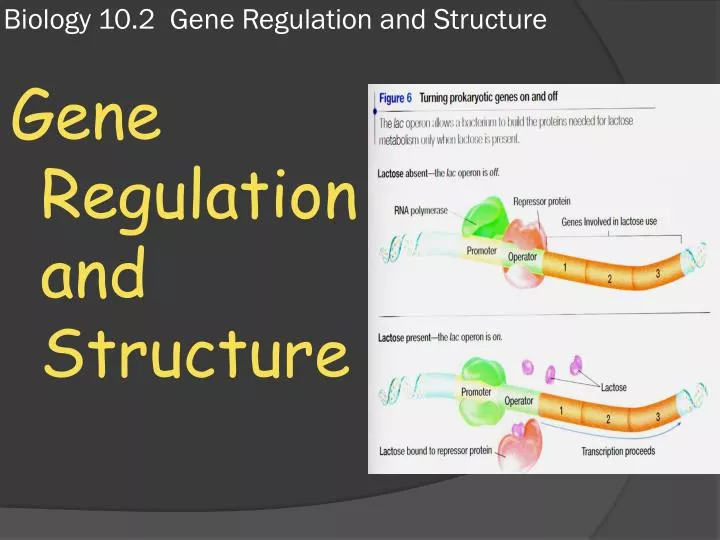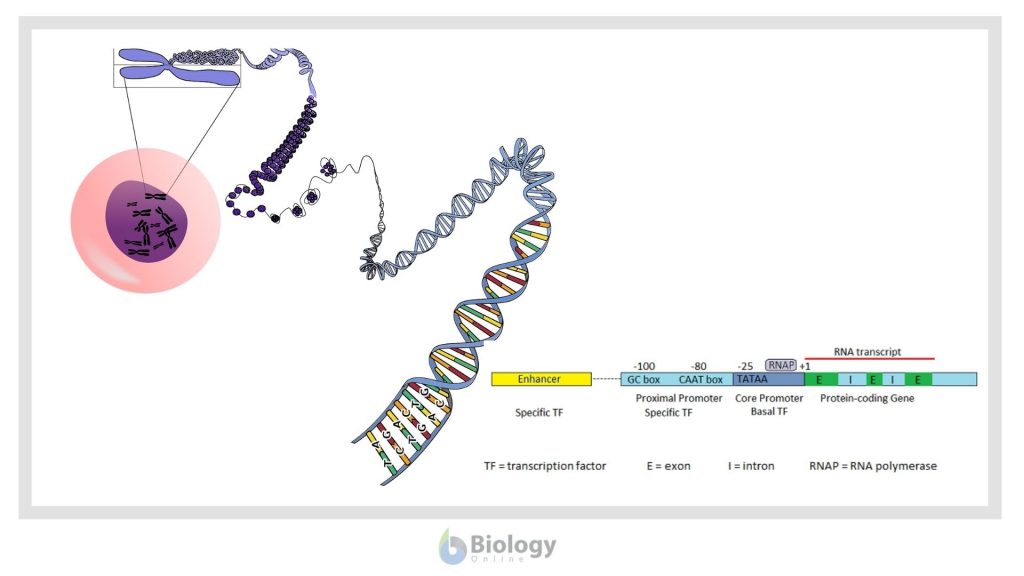Regulation In Biology : What it is
Regulation in Biology: What It Is and How It Works Regulation is a fundamental aspect of biology that governs various processes within living organisms. It involves the control and coordination of gene expression, cellular activities, physiological functions, and responses to external stimuli. In this article, we will explore the fascinating world of gene regulation, its importance, and how it impacts life as we know it. Subheading 1: Understanding Gene Regulation Gene regulation refers to the mechanisms that control the expression of genes. It determines when and where specific genes are turned on or off, allowing cells to respond to changes in their environment and carry out necessary functions. This highly organized process helps maintain cellular homeostasis and ensures the proper functioning of biological systems. Under gene regulation, two types of control are commonly observed: transcriptional and post-transcriptional regulation. Transcriptional regulation occurs when there are changes in the rate of mRNA synthesis, while post-transcriptional regulation involves modifying mRNA after it has been transcribed. To understand gene regulation better, let's explore the role it plays in various cellular processes. Subheading 2: Importance of Gene Regulation in Development and Differentiation The regulation of gene expression is crucial during the developmental stages of an organism. It guides the differentiation of cells, where a single fertilized egg divides and gives rise to different specialized cell types. This process involves activating specific genes at precise times, ensuring that each cell type develops as intended. During development, signals from neighboring cells and environmental cues influence gene regulation. This coordination is essential for the formation of tissues, organs, and ultimately, the entire organism. Any failure in gene regulation during development can lead to developmental disorders or birth defects. Subheading 3: Gene Regulation in Response to Environmental Changes Gene regulation also plays a pivotal role in a cell's response to environmental changes. Organisms need to adapt to fluctuations in their surroundings to survive, and gene regulation enables them to do so efficiently. For instance, when exposed to stressful conditions like high temperatures or nutrient deficiencies, organisms activate specific genes that aid in adapting to these challenges. This response is often regulated by transcription factors, proteins that bind to specific DNA sequences and either promote or inhibit gene expression. FAQs Q1: How do cells regulate gene expression? Cells have intricate mechanisms to regulate gene expression. Transcription factors, co-factors, and microRNAs are some of the key players involved. Transcription factors bind to specific DNA sequences near genes and either activate or repress their expression. Co-factors assist transcription factors in their actions, modulating gene expression further. MicroRNAs, on the other hand, regulate gene expression post-transcriptionally by binding to mRNA and preventing its translation. Q2: Can gene regulation be inherited? While genes themselves can be inherited, the regulation of those genes is not strictly inherited in the same way. Gene regulation can be influenced by various factors, including the environment, and may change throughout an individual's lifetime. However, certain patterns of gene regulation can be passed down through generations, and alterations in these patterns may contribute to disease susceptibility. Q3: How does gene regulation go wrong? Dysregulation of gene expression can lead to various disorders and diseases. Mutations or abnormalities in the regulatory regions of genes can disrupt the normal functioning of gene regulation pathways, resulting in uncontrolled gene expression. This can lead to conditions such as cancer, autoimmune disorders, and neurodegenerative diseases. In conclusion, gene regulation is a fascinating field of study that offers insights into how living organisms function and adapt to their environment. Understanding the intricate mechanisms governing gene expression is essential for unraveling the mysteries of life itself. While we have only scratched the surface of this complex topic, we hope this article gave you a glimpse into the world of gene regulation. How genes are controlled within cells has profound implications for our understanding of development, disease, and evolutionary processes. By deciphering the intricacies of gene regulation, scientists can pave the way for novel therapies and interventions to improve human health and well-being. Sources: - Regulation of Gene - Gene Expression and Transcription of Cell. Retrieved from http://s3-ap-southeast-1.amazonaws.com/subscriber.images/biology/2017/02/21110032/Gene-Regulation.png - Gene Regulation, Illustrated | Amazing Science | Teaching biology. Retrieved from https://i.pinimg.com/originals/93/fb/97/93fb9762cf7ac0fedbd69f598497533b.jpg  Image Source : www.pinterest.com
Image Source : www.pinterest.com  Image Source : apbioportfolio17.weebly.com
Image Source : apbioportfolio17.weebly.com  Image Source : byjus.com
Image Source : byjus.com  Image Source : regulationlatest.blogspot.com
Image Source : regulationlatest.blogspot.com  Image Source : www.pinterest.com
Image Source : www.pinterest.com  Image Source : wasfa-hd.blogspot.com
Image Source : wasfa-hd.blogspot.com  Image Source : www.slideserve.com
Image Source : www.slideserve.com  Image Source : www.biologyonline.com
Image Source : www.biologyonline.com
Gene Regulation, Illustrated | Amazing Science | Teaching Biology
 Image Source : www.pinterest.com
Image Source : www.pinterest.com gene regulation science illustrated choose board biology
031 - AP Biology Portfolio
gene eukaryotes regulation biology prokaryotes control vs eukaryotic ap transcription protein cells
Regulation Of Gene - Gene Expression And Transcription Of Cell
gene regulation biology expression genes cell
Latest Regulation: Gene Regulation Biology
 Image Source : regulationlatest.blogspot.com
Image Source : regulationlatest.blogspot.com regulation
Biology Pictures | Allosteric Regulation, Enzymes Activity, Biology
 Image Source : www.pinterest.com
Image Source : www.pinterest.com biology allosteric regulation enzymes site active activity cell choose board
Atp Is Useful In Many Biological Processes Explain Why 4 - Wasfa Blog
 Image Source : wasfa-hd.blogspot.com
Image Source : wasfa-hd.blogspot.com regulation processes cellular myc biological atp
PPT - Biology 10.2 Gene Regulation And Structure PowerPoint
 Image Source : www.slideserve.com
Image Source : www.slideserve.com regulation gene biology structure ppt powerpoint presentation
Gene Regulation In Eukaryotes - Biology Online Tutorial
 Image Source : www.biologyonline.com
Image Source : www.biologyonline.com gene regulation eukaryotes biology
Biology pictures. Regulation gene biology structure ppt powerpoint presentation. Gene eukaryotes regulation biology prokaryotes control vs eukaryotic ap transcription protein cells. Regulation processes cellular myc biological atp. Gene regulation in eukaryotes